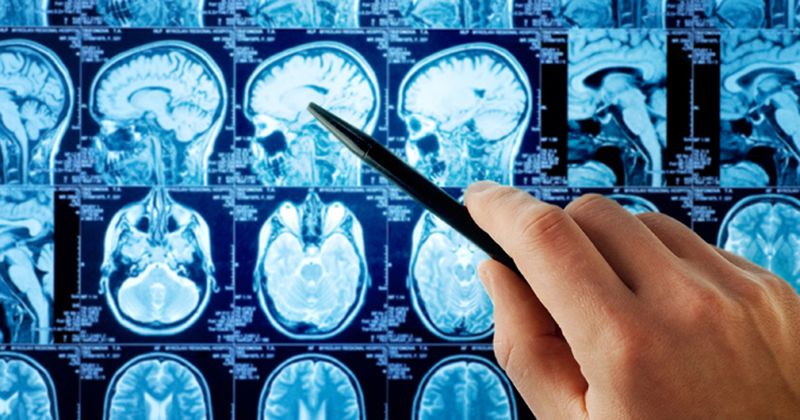Biomarkers of radiologically isolated syndrome, MS prodrome clarified with MRI
WEST PALM BEACH, Fla. — Advanced diagnostic tools aid in the distinction between radiologically isolated syndrome and MS prodrome, according to a presenter at the ACTRIMS Forum.
“Five to 10 years prior to the diagnosis of MS, patients demonstrate a higher use of health care services by visiting their general practitioners and specialists,” Jiwon Oh, MD, PhD, associate professor at the University of Toronto and medical director of the MS program at St. Michael’s Hospital, told attendees. “They use a lot of prescription medications, and they also have a constellation of ‘non-specific symptoms’ including pain, headache, fatigue, as well as mood symptoms. While these are not considered to be typical symptoms of demyelinating disease, at presentation, it’s very clear that people do have these symptoms prior to MS diagnosis.”

Although there is a clear distinction between MS prodrome and radiologically isolated syndrome (RIS), the two conditions do overlap, according to Oh. Patients with RIS have MRI lesions suggestive of MS, but they lack typical clinical symptoms or neurological deficits. By definition, the MS prodrome refers to people who are “destined to develop” MS, but it includes patients without MRI lesions.
To better understand RIS as it relates to MS development, Oh and colleagues conducted a prospective cohort study of 50 participants with RIS and matched healthy controls by age and sex, with annual follow-ups that included MRI of the spinal cord and brain. Participants also underwent detailed cognitive assessments.
Research revealed that RIS patients had similar markers as MS patients but to a lesser degree regarding whole-brain atrophy, cortical thinning, thalamic atrophy and lesion bundles. Oh acknowledged that brain atrophy has not been definitively demonstrated as a clear indicator of RIS in some studies.
“What this is telling us is that a lot of the structural changes we see in established MS are also seen in RIS,” Oh said. “It is just that there is more intact myelin in RIS, which is likely what explains the difference in terms of being able to detect overt clinical symptomatology.”
Discovery of a spinal cord lesion through quantitative spinal cord MRI has been identified as one of the greatest risks for RIS eventually converting to MS. “The majority of RIS subjects do have spinal cord lesions at 70%, which is higher than what has been described previously using T2-based techniques,” Oh said.
Further, data showed that RIS patients do not have substantial microstructural damage of the spinal cord, despite the majority having spinal cord lesions. Although there was no evidence of spinal cord atrophy, there was evidence of brain atrophy, which suggests a temporal sequence in microstructural damage that occurs later in the spinal cord in RIS, after significant changes have already occurred in the brain. This discovery raises the possibility that quantitative spinal cord MRI measures may be useful as a prognostic biomarker.
“The optical clinical management of RIS is unclear and we do need prognostic biomarkers,” Oh said. “There are a number of emerging imaging clinical and paraclinical measures that may become useful as prognostic biomarkers in a clinical setting.”










